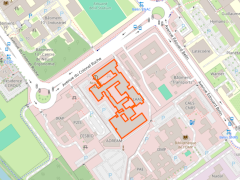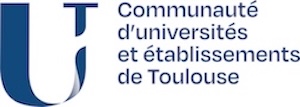Machine learning for system diagnosis/prognosis
DISCO develops static classification methods with indicator extraction (normal, abnormal, healthy, sick, at fault, etc.) on populations of individuals using fuzzy logic and neural networks. A dynamic classification method, on the other hand, offers the possibility of learning dynamic behavioral states and detecting changes between these states, while also detecting new states. DISCO also contributes to the automatic learning of temporal models (such as chronicles) by exploiting temporal data mining techniques on system logs to discover temporally discriminable function classes.
Static unsupervised classification and attribute selection
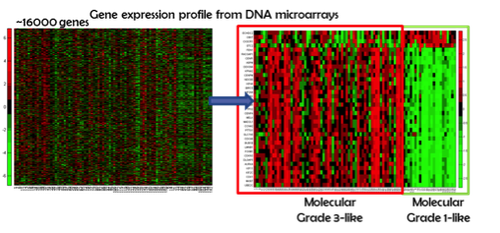
DISCO develops unsupervised classification algorithms based on fuzzy logic concepts (P3S tool). One of the original features of these tools is that they enable the classification of individuals described by attributes of a heterogeneous nature (quantitative, symbolic and interval), thus managing imprecise or uncertain data (interval type). DISCO is also developing algorithms for the selection of discriminating heterogeneous attributes, based in particular on maximizing the margin of classification error leading to an analytical solution. This attribute selection is an aid to the synthesis and placement of sensors for diagnosis and prognosis. These generic developments have been successfully applied, in particular, in the medical field (diagnosis and extraction of new signatures for breast cancer prognosis) in collaboration with the Claudius Regaud Institute in Toulouse, and in the field of chemical processes.
Dynamic unsupervised classification
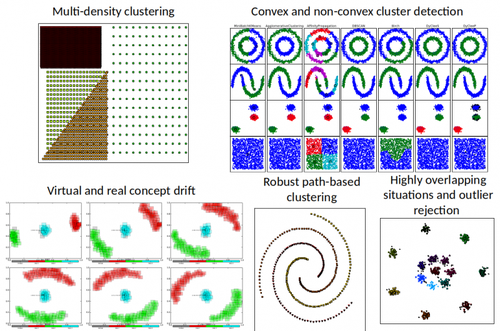
DISCO offers unsupervised dynamic classification algorithms (the basis of the Dyclee tool), with the aim of tracking the evolution of a dynamic system on-line, without prior knowledge of a behavioral model. These algorithms manage massive data streams produced by evolving systems/processes on the fly, and learn their behavior in the form of an evolutionary model (Markov chain). The originality of these algorithms lies in the fact that they offer a dynamic classification technique capable of handling clusters of non-convex states and detecting outliers or new states. A dynamic hierarchical cluster classifier is also under development.
Unsupervised extraction of characteristic time patterns: chronicles
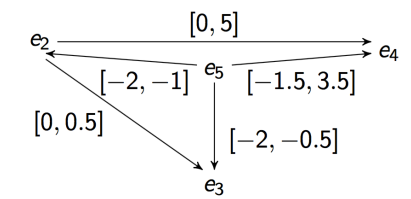
Data in the form of sequences of events are characteristic of many fields of application. Learning the signature of a situation so as to be able to recognize and detect it later on involves extracting characteristic patterns from these sequences: chronicles. DISCO proposes methods for extracting temporal patterns (with information on the duration between events) of the chronicle type using unsupervised data mining techniques based on a frequency or repetition criterion. To guide classification, a similarity distance between temporal patterns has also been proposed. It compares the temporal and event characteristics of patterns by transposing them into a k-dimensional Euclidean space. These methods have also been adapted for purely sequential (non-temporal) patterns and applied to the learning of diagnostic procedures in the automotive field.
Supervised learning with neural networks
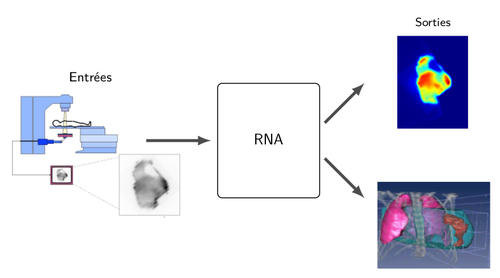
Within the supervised framework, DISCO develops deep neural network architectures for supervised classification of 2D and 3D geometric data. These architectures are based on a functional and structural analysis of the system to be learned (couplings and dependencies between variables). This knowledge proved decisive for the network's performance in the context of over-patient therapeutic radiation dose reconstruction and overdose detection. This structure has been designed for use in radiotherapy. With the signal from a high-energy electronic imager (EPID) as input, the network estimates the dose of radiation administered to the patient, either in 2D during pre-treatment quality control, or in 3D during treatment (in-vivo dosimetry). This estimate can be used to diagnose the device or an overdose during patient treatment. Work in collaboration with the Institut Université du Cancer de Toulouse Oncopole.






